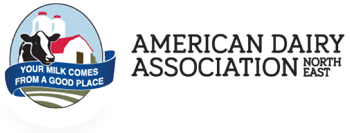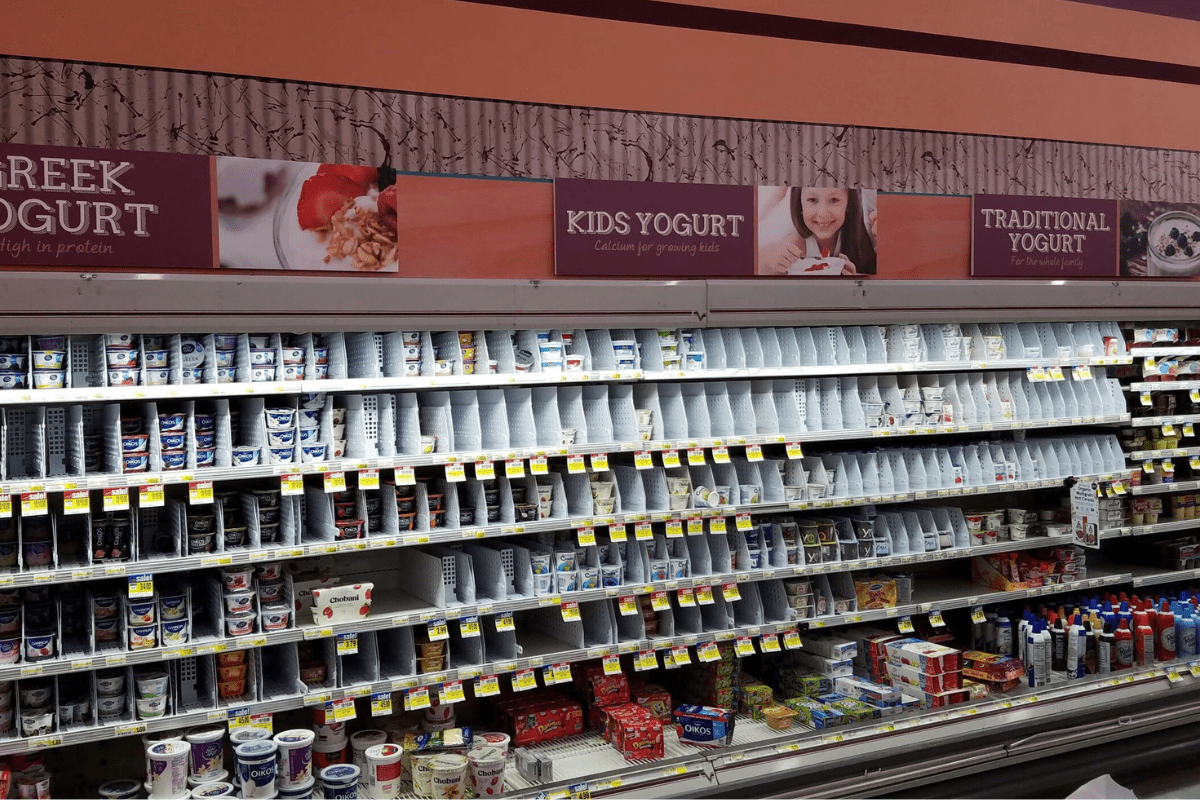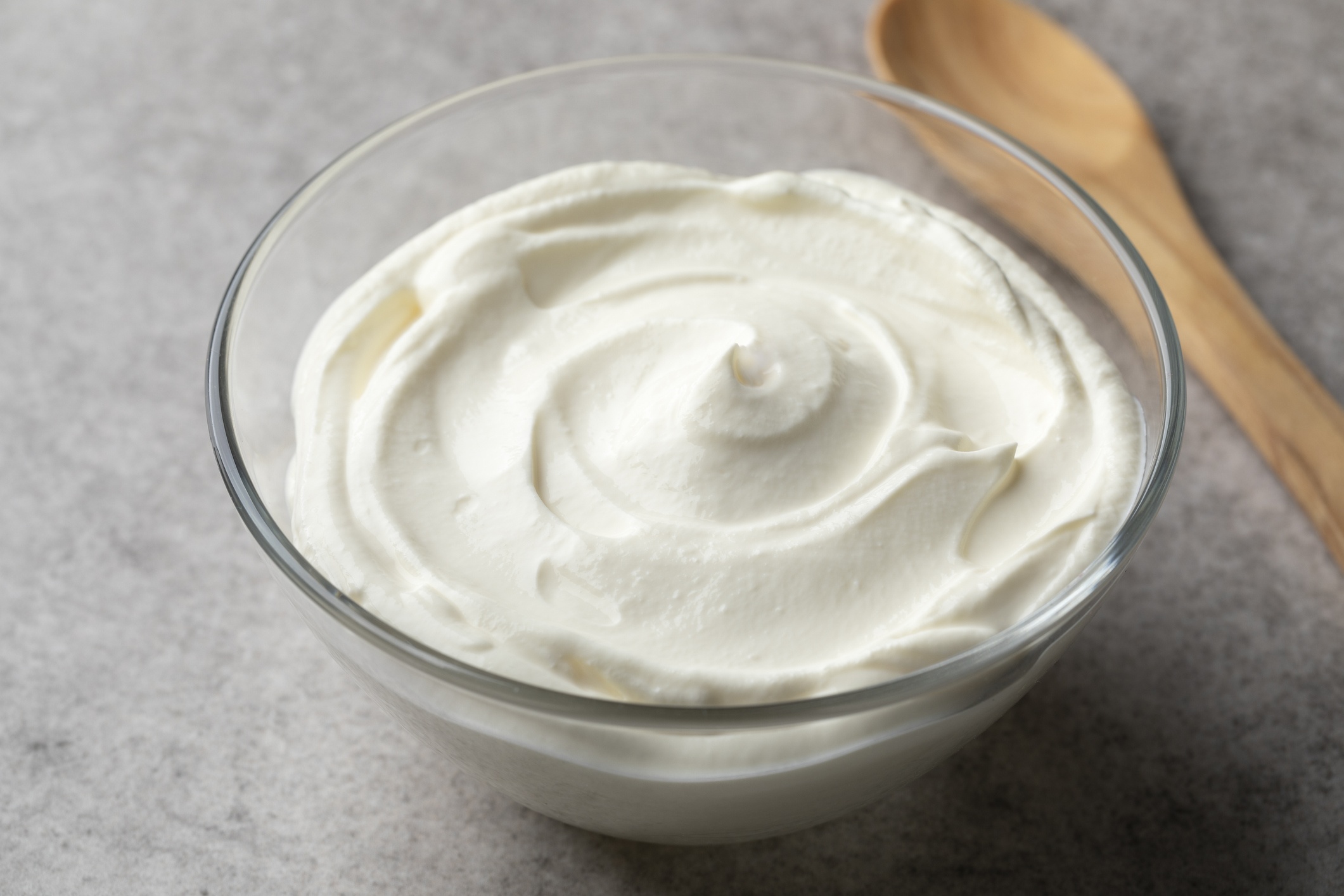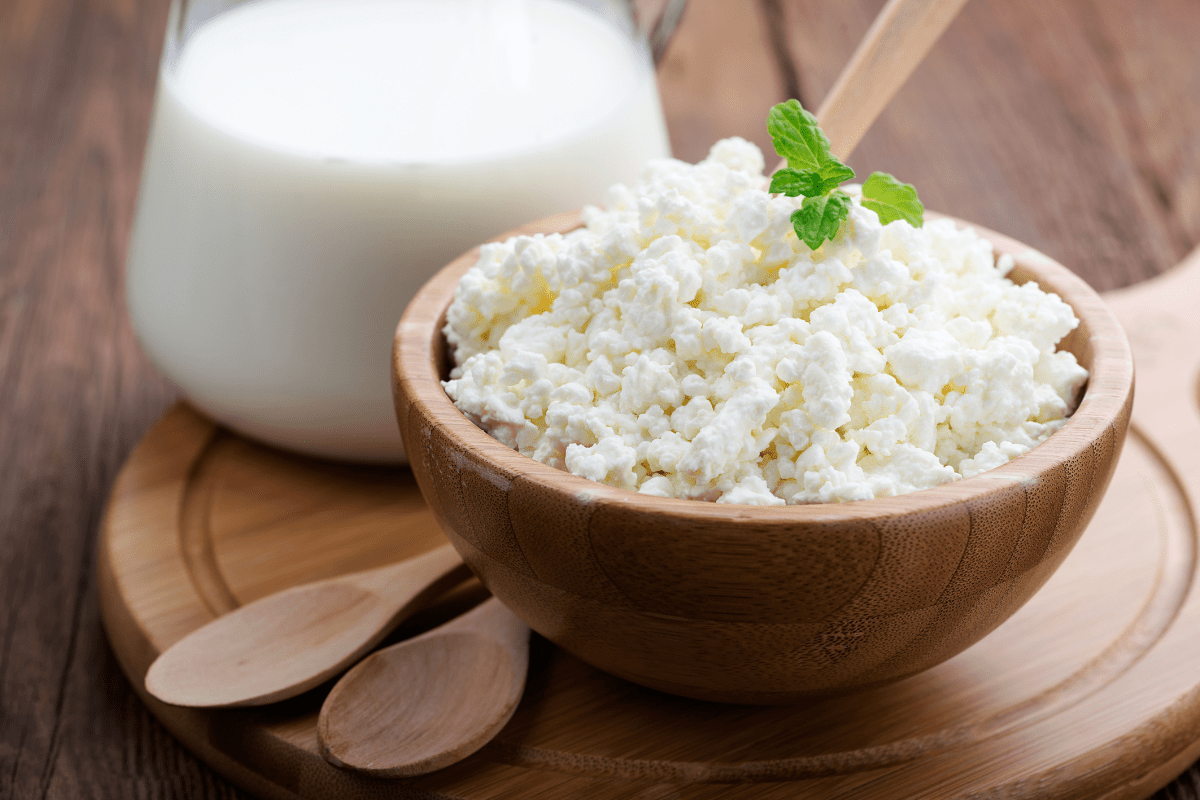Milk is one of the most trusted staples in American homes—and for good reason. Behind every glass of milk is a team of people committed to food safety, starting with the dairy farmers who produce it.
Here’s what goes on behind the scenes to make sure your milk meets the highest standards before it ever hits the shelf.
It All Starts on the Farm
Dairy farmers are committed to producing safe, nutritious milk. Every day, they care for their animals, maintain clean facilities, and follow strict handling practices to help protect the milk supply.
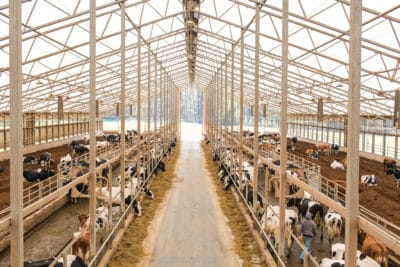 Some of those practices include:
Some of those practices include:
- Sanitizing milking equipment before and after every use
- Chilling milk quickly to 39°F immediately after milking to prevent bacterial growth
- Monitoring cow health daily to ensure only milk from healthy animals enters the supply
- Keeping barns clean and well-ventilated to create a healthy environment for cows
The first safety checks happen when milk is collected on the farm—and it doesn’t stop there.
Milk is Tested Every Step of the Way
From the farm to your fridge, milk is carefully tested at every step—from collection and transportation to processing and packaging—to make sure it meets high standards for safety and quality. These routine quality checks—like making sure milk is kept cold and handled with care—help ensure every sip stays safe and fresh. If milk doesn’t meet safety standards, it’s immediately discarded and never reaches store shelves.
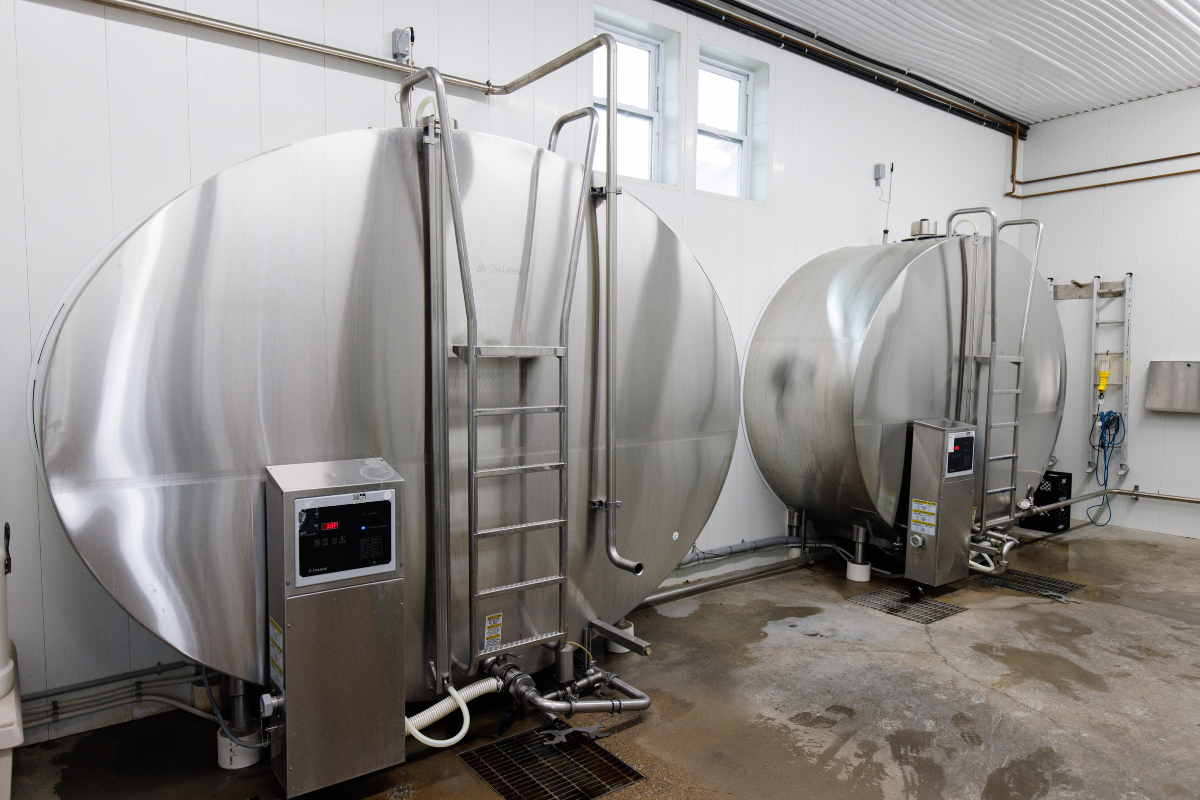

Pasteurization: What It Is and Why It Matters
Pasteurization is the process that heats milk to a specific temperature for a set period of time to kill harmful bacteria that can be found in raw milk—without changing milk’s great taste or nutritional value. The pasteurization process was invented by Louis Pasteur and it has been widely used for more than 100 years to help protect public health. Pasteurization ensures the safety of milk. With the exception of milk that is marketed as raw milk, all U.S. milk is pasteurized.
How Pasteurization Works
Once the farmer milks the cow, the milk is chilled to 39°F. Then it goes to a milk plant where pasteurization takes place. There are different types of pasteurization, but the most common method used in the U.S. is High Temperature, Short Time. This heats milk to 161°F for about 15 seconds before quickly being cooled back down to 39°F. This quick process destroys harmful bacteria like Listeria, Salmonella, and E. coli, which could otherwise pose a health risk—especially to vulnerable populations like children, seniors, and people with weakened immune systems.
Some milk, like aseptic (shelf stable) milk is processed using Ultra-High Temperature pasteurization which heats the milk temperatures at an even higher rate of over 280°F for 2 seconds before returning it to 39°F, which gives it a longer shelf life while still meeting the same safety standards.
“Pasteurization is one of the most important steps in keeping milk safe,” says Toby Amidor, MS, RD, CDN, a nationally recognized nutrition expert and dairy advocate. “As a mom and dietitian, I rely on pasteurized milk not only for its safety, but also for the quality nutrition it delivers to my family every day.”
Why Pasteurization Is So Important
Milk is a wholesome, nutritious choice—but like many foods, it needs to be handled properly to stay safe. According to the Centers for Disease Control and Prevention, milk that hasn’t been pasteurized can contain harmful bacteria that may cause serious illness. Pasteurization is the proven process that eliminates those bacteria, making milk safe to enjoy.
That’s why the Food and Drug Administration and CDC, along with trusted health organizations like the American Medical Association and the American Academy of Pediatrics, all recommend choosing pasteurized milk.
Safety is Built into the System
Milk safety isn’t just about testing—it’s about high standards at every level, from the farm to the processing plant. That includes routine inspections of dairy farms, transportation equipment, and milk processing facilities.
These safety checks are guided by the Pasteurized Milk Ordinance, a national standard that’s been protecting public health for over a century. It ensures safe practices are followed every day.
Bottom Line: Pasteurized Milk is Safe
There’s a lot of care and science behind every carton of milk. Dairy farmers, processors, and regulators work together to make sure milk is safe, high quality, and something you can feel good about serving your family.
Pour with confidence. From the farm to the fridge, milk safety is a shared commitment—one that’s been going strong for generations.
